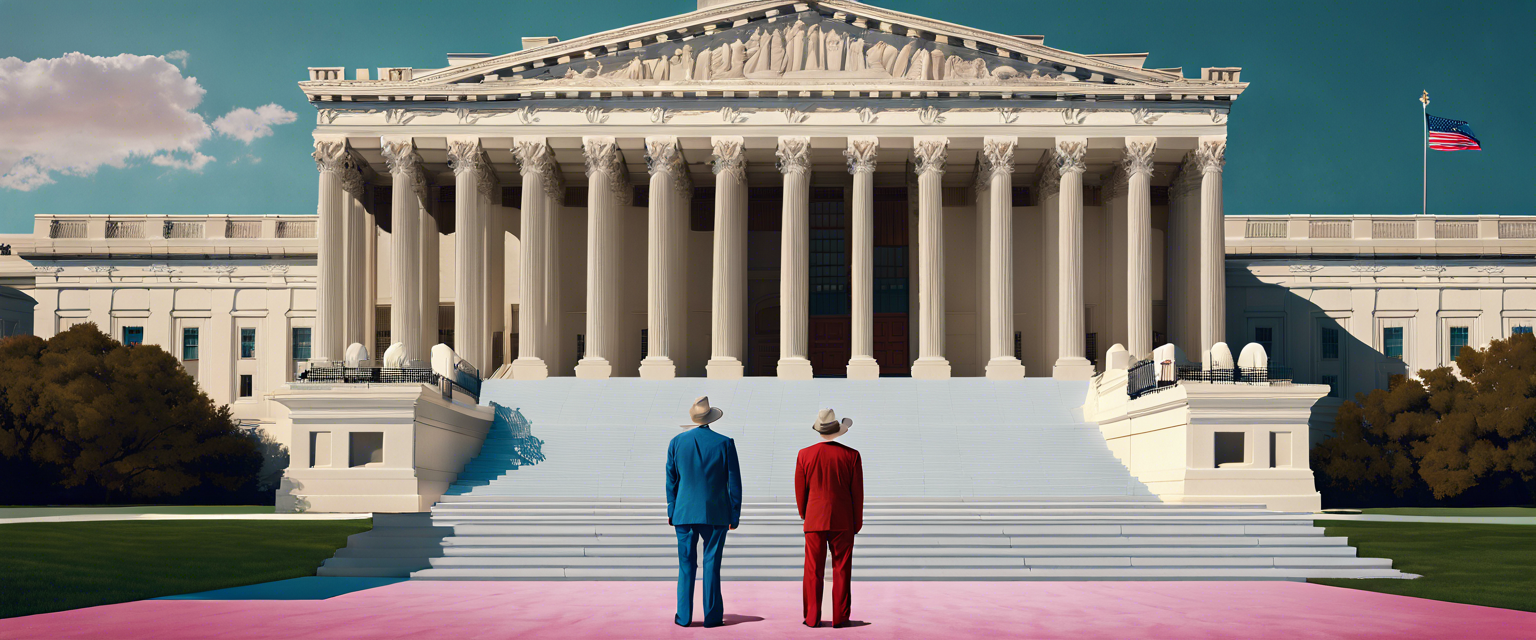Understanding MicroStrategy's Digital Asset Framework Proposal
MicroStrategy's CEO, Michael Saylor, has taken a significant step in shaping the future of digital assets with his newly released proposal titled "U.S. Digital Asset Framework, Principles and Opportunities." This initiative aims to reinforce the U.S. dollar's position globally while establishing American leadership in the ever-evolving digital economy.
Key Highlights of the Framework
1. Digital Asset Classification System
The framework introduces a well-structured classification system for digital assets. This includes:
- Digital Goods Without Issuers: These are decentralized assets like Bitcoin, which stand on their own without a centralized authority.
- Digital Securities: These represent financial assets issued by companies.
- Digital Currencies: Central digital currencies that may include government-backed currencies.
- Digital Utility Tokens: Tokens that provide users access to a product or service.
- Digital NFTs: Non-Fungible Tokens that verify ownership of unique digital items.
- Digital Asset-Backed Tokens: Tokens backed by tangible assets to reduce volatility.
2. Cost Reductions for Compliance and Issuance
To ensure broader access and reduced financial barriers, the framework proposes:
- A cap on asset issuance compliance costs at 1% of assets under management.
- Annual maintenance costs limited to 0.1%.
- Lowered issuance costs to facilitate access to capital markets.
3. Growth Predictions
According to the framework, there are promising projections for growth in the digital asset landscape. These predictions include:
- A tremendous expansion of the digital currency market, forecast to grow from $25 billion to $10 trillion.
- The global digital capital market is expected to grow from $2 trillion to $280 trillion.
- An extraordinary surge in the digital asset market (excluding Bitcoin), predicted to rise from $1 trillion to $590 trillion.
Establishing a Bitcoin Reserve
A key component of Saylor's proposal is the recommendation to establish a Bitcoin reserve, which would enhance the stability and appeal of U.S. digital assets. This move is designed to strengthen the U.S. dollar position in a growing digital economy, encouraging firms to adopt and innovate within the digital asset space.
Conclusion
Michael Saylor's proposal for the "U.S. Digital Asset Framework" aims to create a structured and efficient landscape for digital assets while bolstering the position of the U.S. dollar globally. With its focus on classification, cost reduction, and ambitious growth predictions, the proposal highlights the potential of digital assets to shape the future economy. As the digital landscape evolves, the adoption of such frameworks will be crucial to navigate the complexities of compliance and market opportunities.



اترك تعليقًا
تخضع جميع التعليقات للإشراف قبل نشرها.
This site is protected by hCaptcha and the hCaptcha Privacy Policy and Terms of Service apply.